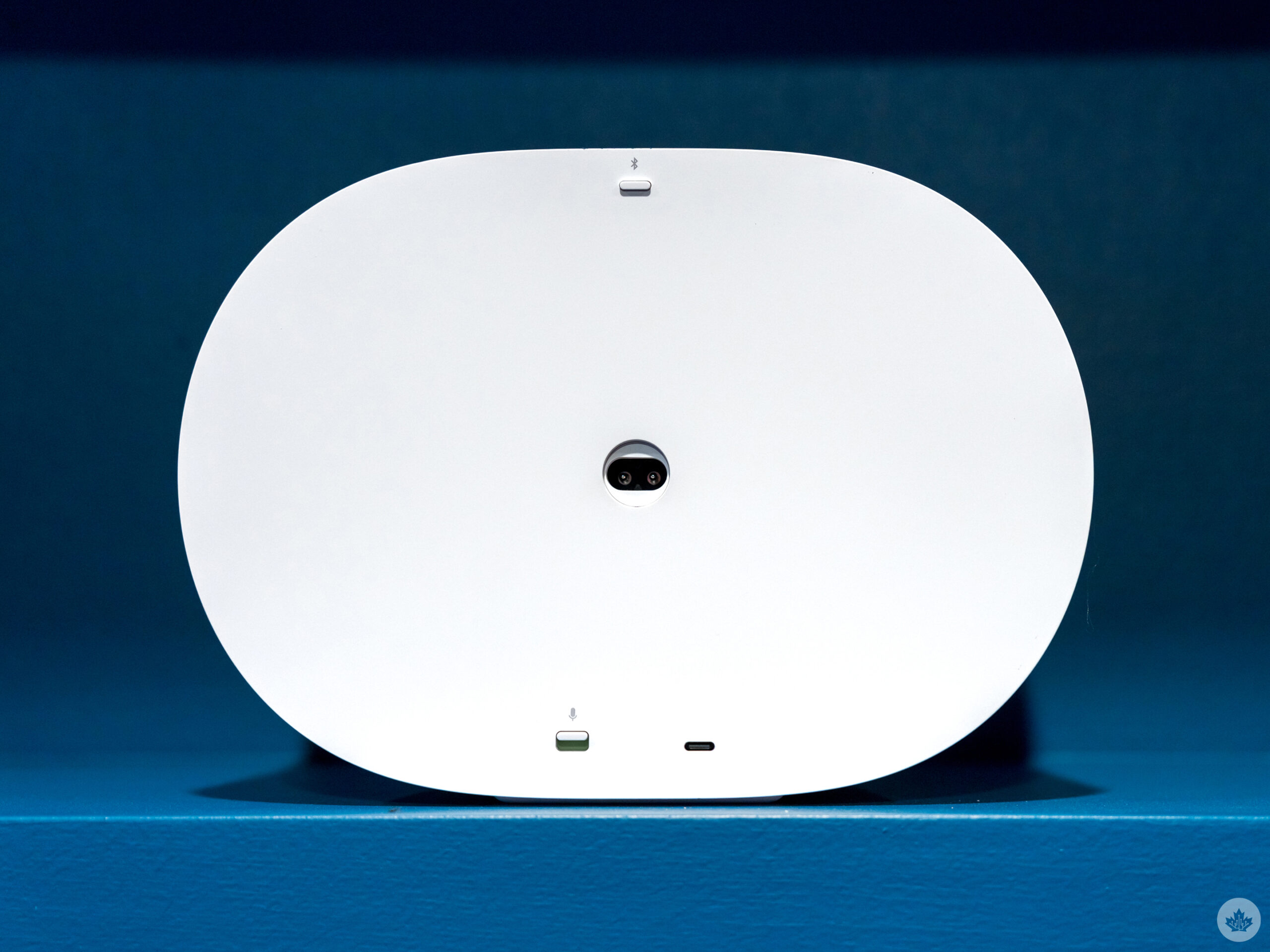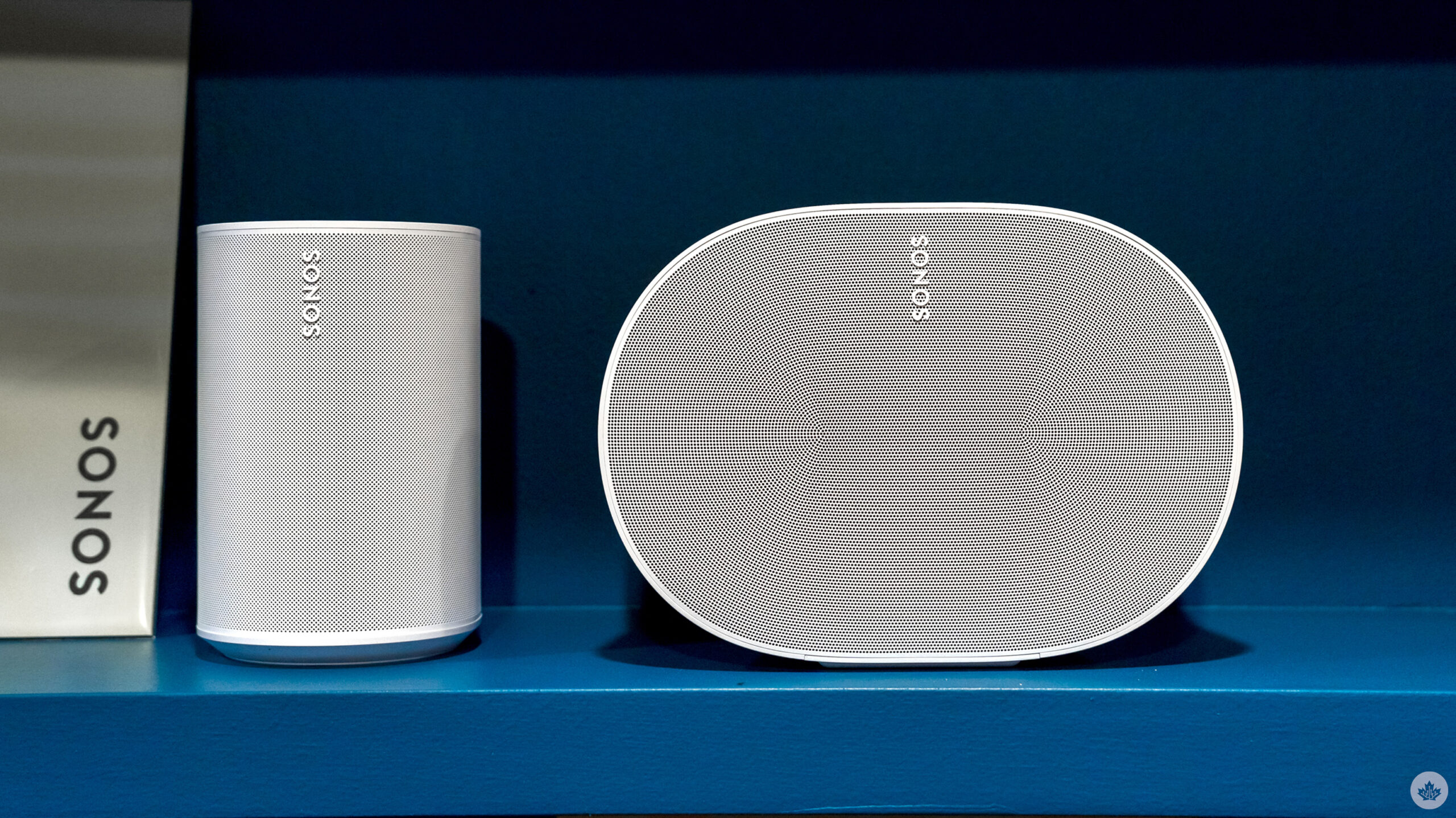
It’s now official: Sonos will release two new smart speakers in the Era 300 and Era 100, both of which offer spatial audio and feature new engineering inside to create a bigger soundstage.
I got to see and hear the speakers at a media preview in New York in February, where Sonos made its case for reinvigorating its speaker lineup, which is what the Era line purports to do. The Era 100 ultimately replaces the Sonos One (including the One SL, though the Era 300 won’t completely replace the Sonos Five, which the company says will continue to sell as a pure audio speaker, given how good it still sounds three years later. It’s also one of the only Sonos speakers that doesn’t have voice assistant access.
Part of the story with these two Era speakers is connectivity — both wireless and wired. Sonos will throw a bone to those who want Bluetooth and the ability to plug in for wired playback via the USB-C port in the rear.
New look that’s easier to fix
Unlike other brands, Sonos says it wants to make it easier to disassemble and repair its products, with the Era speakers beginning that trend. The Era 300 has 93 screws inside, removing its use of glue and adhesives for components inside. I got to see a unit exposing how tightly packed everything is under the shell. Both inside and including the outer shell, Sonos says both speakers are made from 45 percent recycled plastic. The reclaimed material means a slight change to a warmer colour tone for the white versions of the speakers.
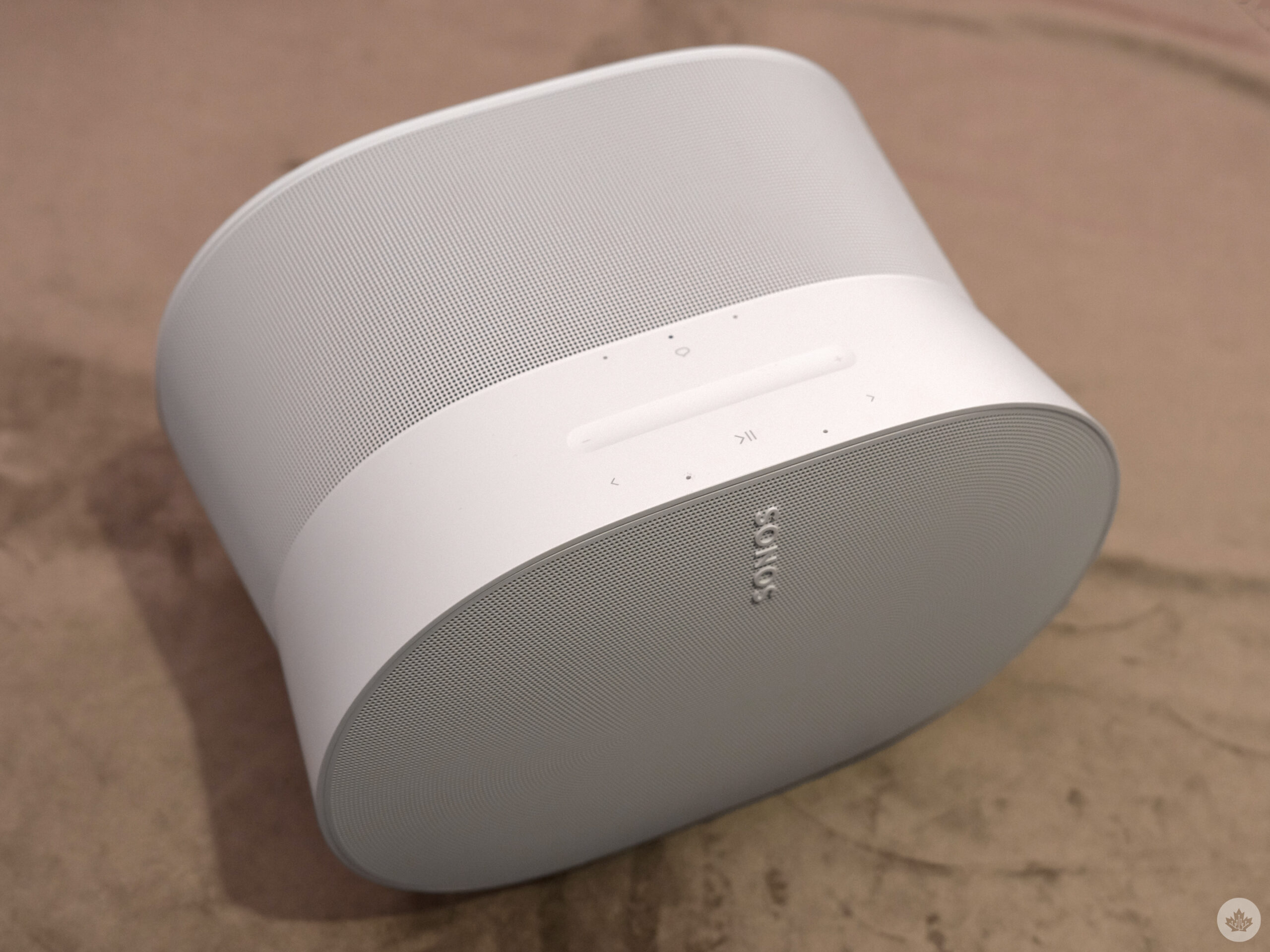 Taking these steps also helps Sonos get out of its own way, having come under fire in the past for scrapping otherwise functional speakers because it would be too hard (and expensive) to pry them open and fix them. This new focus on extending the hardware’s lifespan through repair should also make it possible for do-it-yourselfers to get the right parts and do the work themselves.
Taking these steps also helps Sonos get out of its own way, having come under fire in the past for scrapping otherwise functional speakers because it would be too hard (and expensive) to pry them open and fix them. This new focus on extending the hardware’s lifespan through repair should also make it possible for do-it-yourselfers to get the right parts and do the work themselves.
While the Era 100 borrows heavily from the design principles of the Sonos One, the Era 300 strikes an all-new look with a concave housing built to better distribute the Dolby Atmos spatial audio it can pump out. That means six drivers distributed to fire up, forward, left and right. When I asked, Sonos made it clear to me that it doesn’t see the Era 300 as a TV speaker — it’s built for tunes.
You can stereo pair two of them together for separate left and right channels, splitting the bass response to create a deeper rumble in the process. The TV element can come in if you use two Era 300s as rears in a surround setup with a Sonos Arc or Beam 2. All of this applies to the Era 100 as well, except rear 300s still have multi-channel surround to provide a more enveloping presentation compared to what the 100s can do.
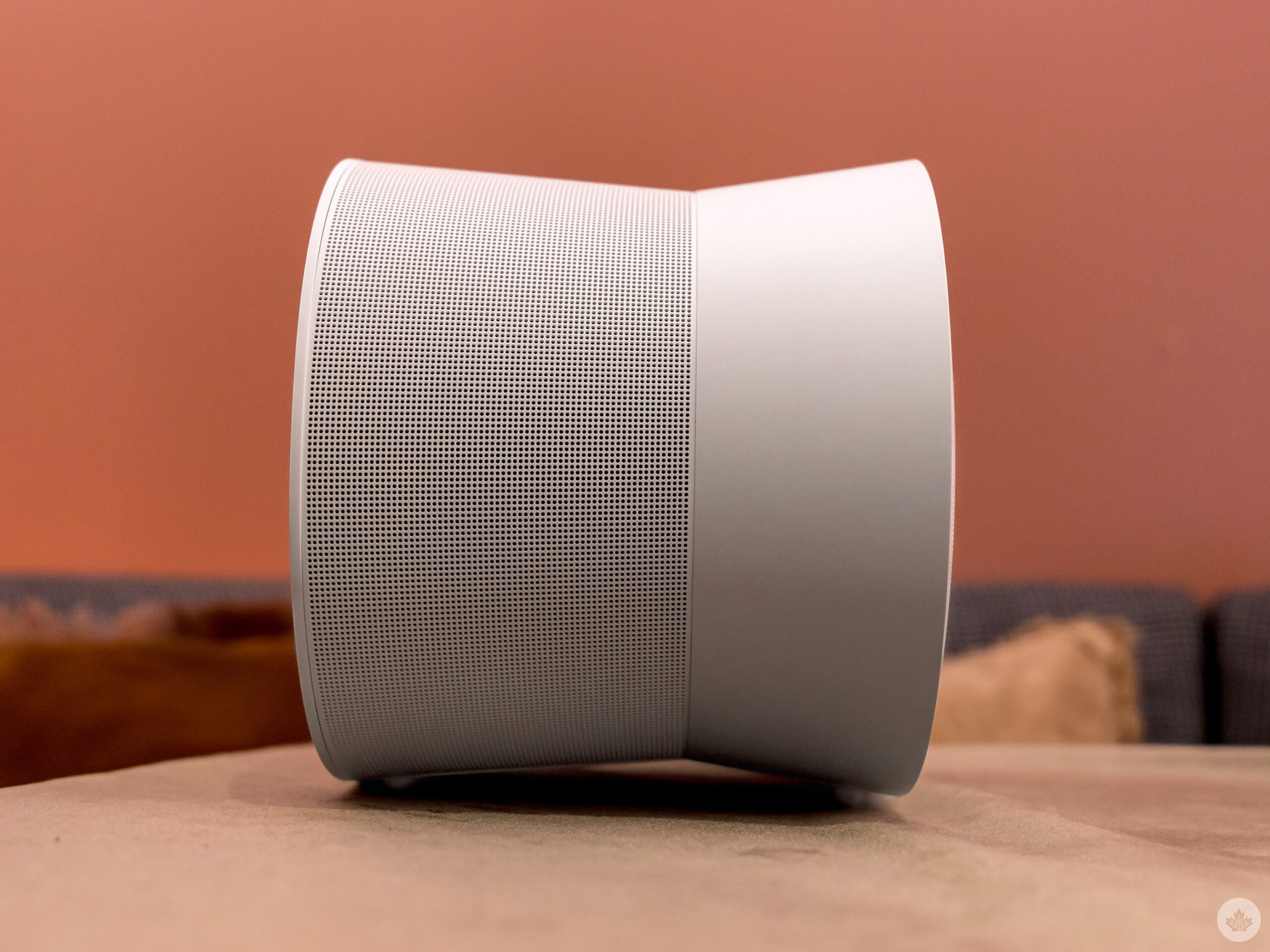 Two Era 100s in the rear will work a lot like the One, with virtualized upward-firing Atmos 7.1.4 surround sound in much the same way Beam Gen 2 does. Sonos say this allows the height information to take on a front and rear depth that’s much better than keeping the height content to only the front stage.
Two Era 100s in the rear will work a lot like the One, with virtualized upward-firing Atmos 7.1.4 surround sound in much the same way Beam Gen 2 does. Sonos say this allows the height information to take on a front and rear depth that’s much better than keeping the height content to only the front stage.
Listening clearly to cascading sound
Sonos considers the move to spatial audio to be as impactful as the sonic transition from mono to stereo. That remains to be seen, but spatial audio does have a proverbial foot in the door because virtual surround and spatial audio for television isn’t all that novel anymore.
Even so, the speakers still have a sweet spot despite the virtual surround effect. It was impressive to hear it come through and sound as spacious as it did with a floor-to-ceiling glass window behind me. Glass doesn’t reflect sound the same way standard walls do, but placement is a little more versatile with these two speakers. You can still feel the effect sitting off to the side, but my impression is that you would want to put either speaker closer to a wall and power outlet. Neither speaker is wireless, so it matters where you park it.
The demos included different musical genres, also at different volumes, to get an idea of how each speaker sounds. There’s no doubt the Era 300 is considerably more powerful than its smaller sibling, but it was easy to tell the Era 100 sounds deeper and crisper than the Sonos One does. It’s hard to really get a true sense of the sound until I try it in my own home, but I’m optimistic about the results.
Speaking of “true,” Sonos’ Trueplay tuning software is back, and this time, Android users get something to work with — well, sort of. You won’t be able to wave your Android phone around the way you could an iPhone to tune the sound based on the room’s layout. Instead, these two speakers will do it automatically by using audible tones reflected back to the onboard microphones to virtually measure the room’s dimensions and tune everything accordingly. Sonos reps admitted to me that this method won’t be as good as the more manual iPhone process, so the old method of borrowing a friend’s iPhone to do the job is still an option.
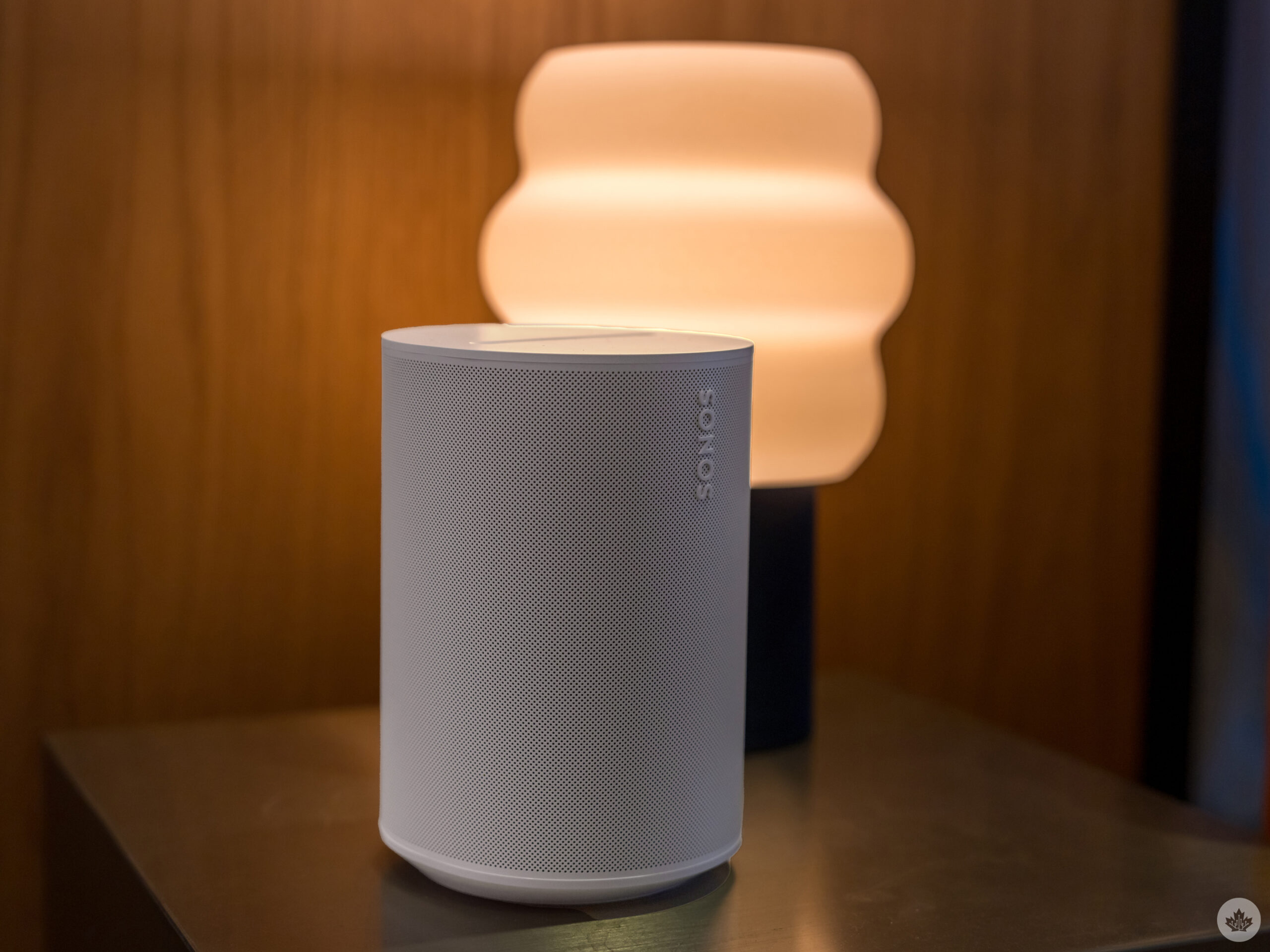
The demos were clearly fine-tuned for the small room they were placed in, and it was clear to my ears either speaker could get pretty loud and avoid distortion. Bass is thick, but not overtly so, and engineers paid particular attention to the mids to deliver a balanced sound profile that stands out, even if you’re just playing stereo tunes.
Making connections
On top of the standard Wi-Fi multiroom support typical of Sonos speakers, the Era 300 and Era 100 also come with Bluetooth support, continuing a trend that previously started with the Move. The only caveat is it’s unclear what the codecs are, and Sonos has yet to confirm them. SBC is a given, as that’s standard, and AAC is likely to cater to iOS users, but despite a focus on higher-resolution audio, don’t expect the likes of Qualcomm’s aptX or Sony’s LDAC codecs here. Bluetooth appears to be more of a concession than a callout feature.
Spatial audio is also contingent on the source it’s coming from. Spotify doesn’t have it. Tidal has it under its HiFi tier. Apple Music has it, and it will be compatible with these speakers at launch. Amazon Music Unlimited offers it and it’s fully compatible. Not all tracks available on the platform are in spatial audio, and Amazon doesn’t disclose how many actual songs include it, so it’s hard to quantify how big the distinct catalog is.
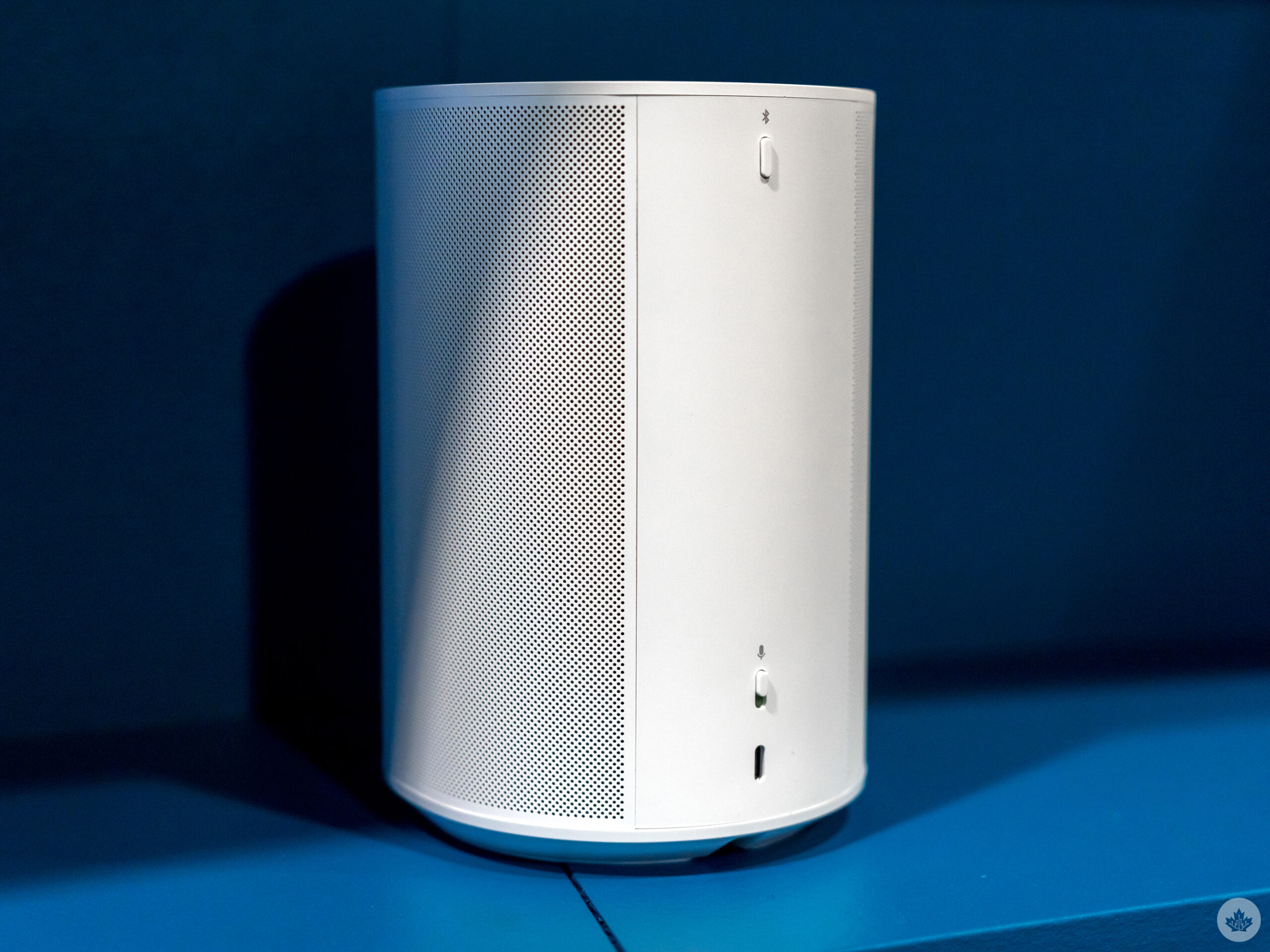
Convenient wireless features, like AirPlay 2 and direct connections from streaming services, are back again. The USB-C port in the rear for both speakers needs an adapter to use either Ethernet or Aux-In, as neither port exists here. Sonos will sell a dual-adapter that comes with both the Ethernet and Aux-In ports together, as well as another adapter that only has an Ethernet port.
You may need to utilize any one of these combinations if you plan to connect either the Era 300 or Era 100 to another device, be it a router or playback device. It is technically possible to connect a DAC (digital-to-analog converter) if you want to tinker with hi-res and lossless playback, but I can’t be sure how the combination would work. You can plug in a turntable, in case you have one of those kicking around.
 What is obvious is Alexa will be the only voice assistant available. Google Assistant is out, and Sonos claims the reason is “technical” related to how Google certifies devices running its voice assistant. Given the legal issues between the two companies, I find that hard to believe, but I did get the sense Sonos is not shutting the door on including that support in a future update. After all, the components inside are already capable of running it. There is a workaround where you can use a Google Nest Mini to send audio over to the speaker, but it’s not going to be as seamless as a built-in setup.
What is obvious is Alexa will be the only voice assistant available. Google Assistant is out, and Sonos claims the reason is “technical” related to how Google certifies devices running its voice assistant. Given the legal issues between the two companies, I find that hard to believe, but I did get the sense Sonos is not shutting the door on including that support in a future update. After all, the components inside are already capable of running it. There is a workaround where you can use a Google Nest Mini to send audio over to the speaker, but it’s not going to be as seamless as a built-in setup.
Ready to go
Both speakers will be available starting March 28th, with the Sonos Era 300 going for $559.99 and Era 100 at $319.99. They will come in black and white variants, and no plans for any potential third colours, as has happened before with other models in the company’s lineup.
Update 03/07/2023 10:55pm ET: Spatial Audio will launch on the Era 300 when it released on March 28th. The feature is also coming to the Sonos Arc and Beam 2.
MobileSyrup may earn a commission from purchases made via our links, which helps fund the journalism we provide free on our website. These links do not influence our editorial content. Support us here.

